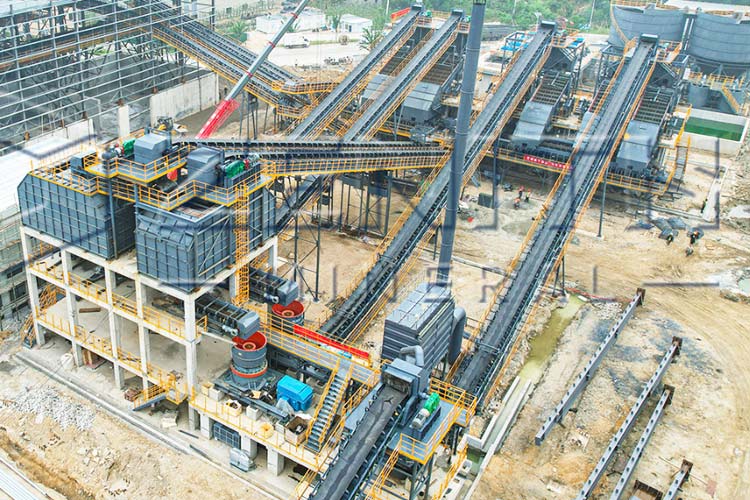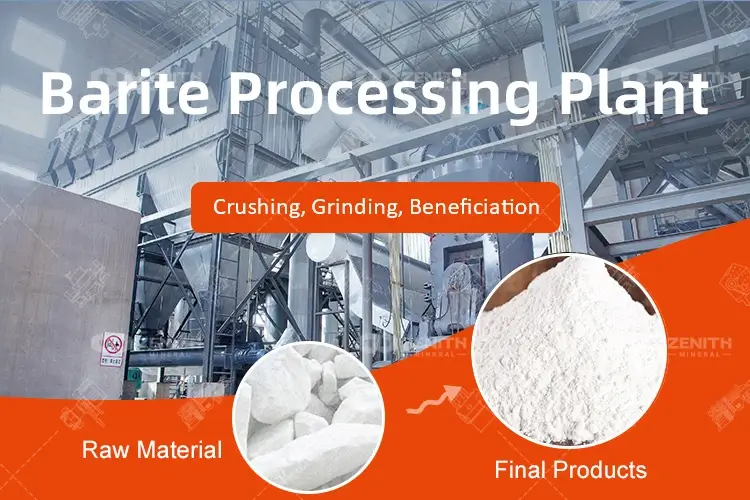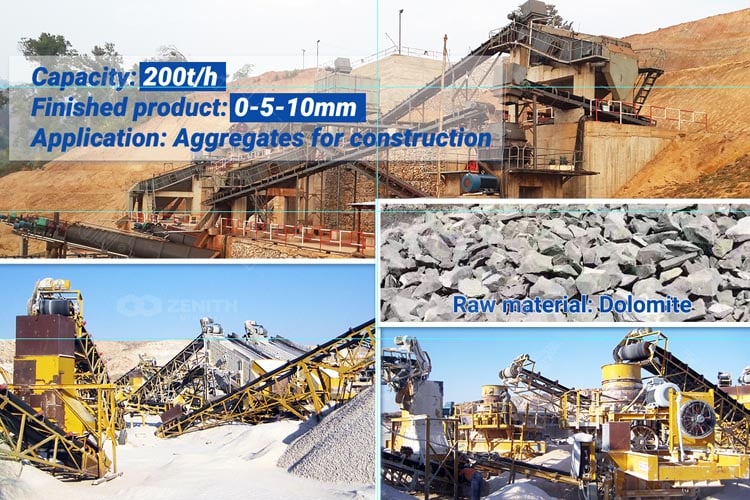Galena, also known as lead sulfide, is a naturally occurring mineral that is the primary ore of lead. It is a soft, heavy, bluish-gray metal with a metallic luster. Due to its high density, galena has historically been used as weights in scales and plumb bobs. It is also used to manufacture ammunition, radiation shielding, and fillings in automobile exhaust systems. This article provides an overview of galena rock, including its composition, properties, formation, uses, distribution around the world, and the mining and extraction processes.
Galena (PbS) consists of lead bonded to sulfur. It forms isometric cubic crystals that commonly appear as octahedra bounded by twin step planes. It is soft (hardness 2.5-4 on the Mohs scale) and quite dense, with a specific gravity ranging from 7.4 to 7.6 due to its large lead content. Galena has a perfect cubic crystalline structure and cleavage in three directions, resulting in easy recognition of its cubes and octahedral twins.
Physical and Chemical Properties
Chemical Formula: PbS
Color: Lead-gray to silver
Hardness: 2.5-2.75 on the Mohs scale
Luster: Metallic
Streak: Lead-gray
Density: 7.4 – 7.6 g/cm³
These properties make Galena easily identifiable and facilitate its extraction and processing in mining operations.
The crystals of galena have a distinctive appearance due to their silvery gray hue and cubic shape. Individual specimens may range in color from steel gray to grayish silver to bluish gray and black. When freshly exposed, galena often exhibits a tarnishless cleavage with a bright metallic appearance. Its surface has an adamantine or greasy luster. Trace amounts of silver frequently form solid solution within the lead sulfide lattice, substituting for lead.
Galena forms within sulfide deposits in ancient seabeds. It is commonly found associated with other sulfides like sphalerite, pyrite, chalcopyrite, marcasite, and tetrahedrite. Galena is mostly found in hydrothermal vein deposits or mantos and skarns associated with base metal carbonate replacement deposits. It crystallizes from lead-rich hydrothermal fluids and other volcanic exhalations in intermediate to felsic igneous and sedimentary rocks.
Throughout history, galena has had many practical applications that have benefited society. Some of its most important uses include:
The diverse consumption of galena supports a variety of industrial sectors and contributes to global economic activity. Its durability and aesthetic appeal have additionally elevated the mineral's prominence.
Extraction methods for galena depend on deposit geometry and ore grade. Underground mining techniques are suited for tabular veins, while open pit approaches target blanket and replacement ores. Recoveries are enhanced through froth flotation, gravity separation, or selective leaching after crushing and grinding.
Advanced geophysical, geochemical, and surface mapping techniques effectively locate buried ore targets within favorable prospective terrains when integrated with geological models. Core drilling provides critical material for metallurgical testwork:
With sustained exploration spending, many jurisdictions continue discovering new subsurface galena and associated sulfide orebodies via integration of innovative exploration datasets into 3D litho-structural models.
While galena mining supported community prosperity historically, it also left legacies of emissions, acid mine drainage, and contaminated soils requiring diligent stewardship to rehabilitate lands sustainably. Key challenges include:
Visionary reclamation programs balance social/environmental responsibility while legitimizing ongoing sustainable mining development for communities reliant on resource sector prosperity.
Galena has played an intrinsic role within global economies for hundreds of years, supporting lead/silver production critical for industry and technology advancement. Its diverse applications span construction, infrastructure, manufacturing, and recreation. While extraction left complex environmental inheritances requiring proactive long term stewardship, modern exploration practices and improved processing sustain mining vitality. With judicious oversight, advancing exploration technologies will continue discovering new subsurface sulfide deposits supporting future generations. Diligent reclamation simultaneously restores lands for a multiplicity of post-mining beneficial end uses. Perseverance in both exploration and sustainability mandates secures ongoing socioeconomic dividends from this storied mineral.

Stone crushers are machines designed to reduce large rocks into smaller rocks, gravel, or rock dust. They are commonly used in the mining, construction, and recycling industries.

A complete barite processing plant consists of 3 stages, which are crushing, grinding and beneficiation.

dolomite processing plant can be divided into dolomite crushing and sand making plant and dolomite grinding plant.
Fill your requirements here, and we'll send the custmized solution and quotation to you by the reserved contact information.